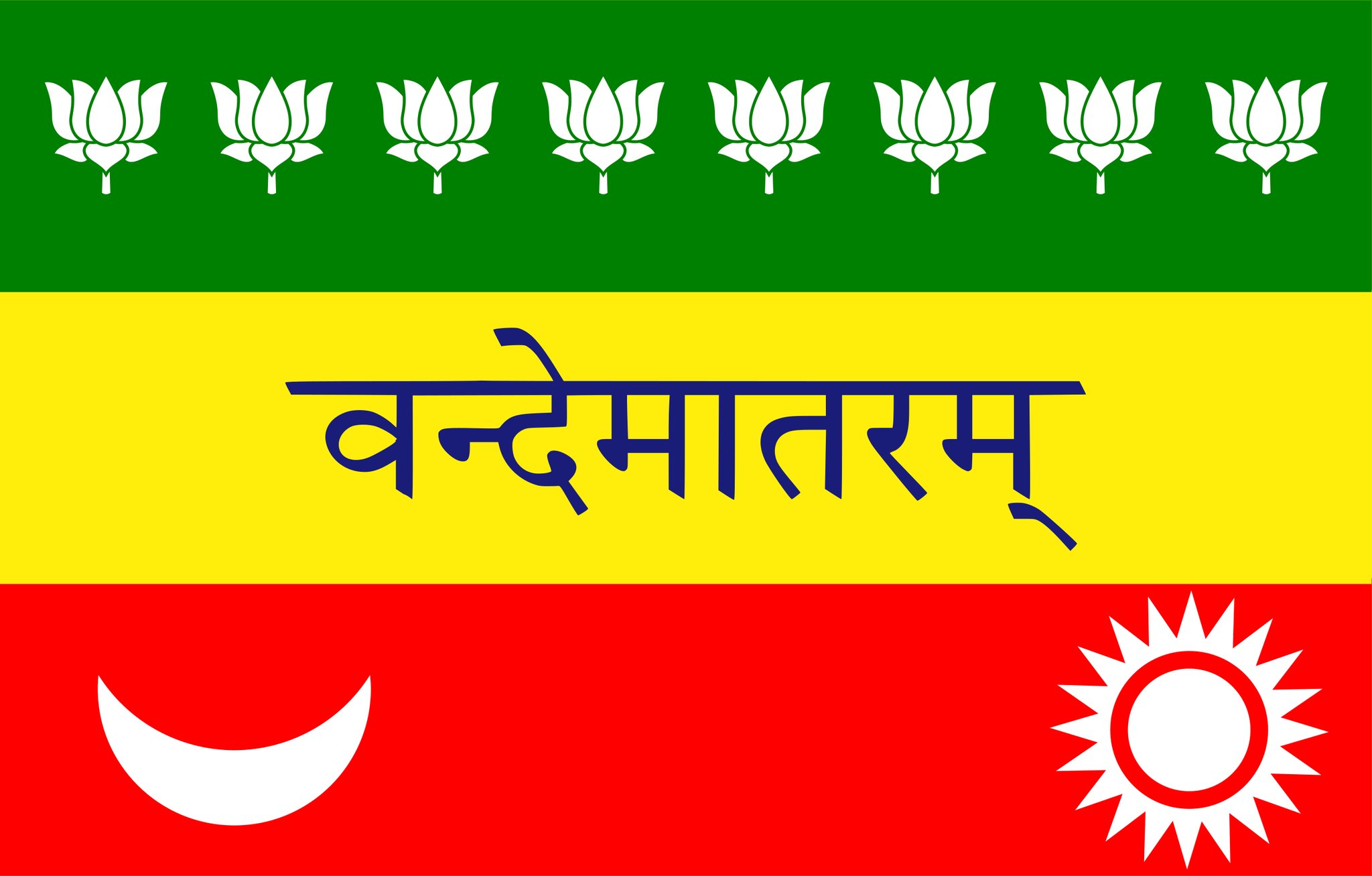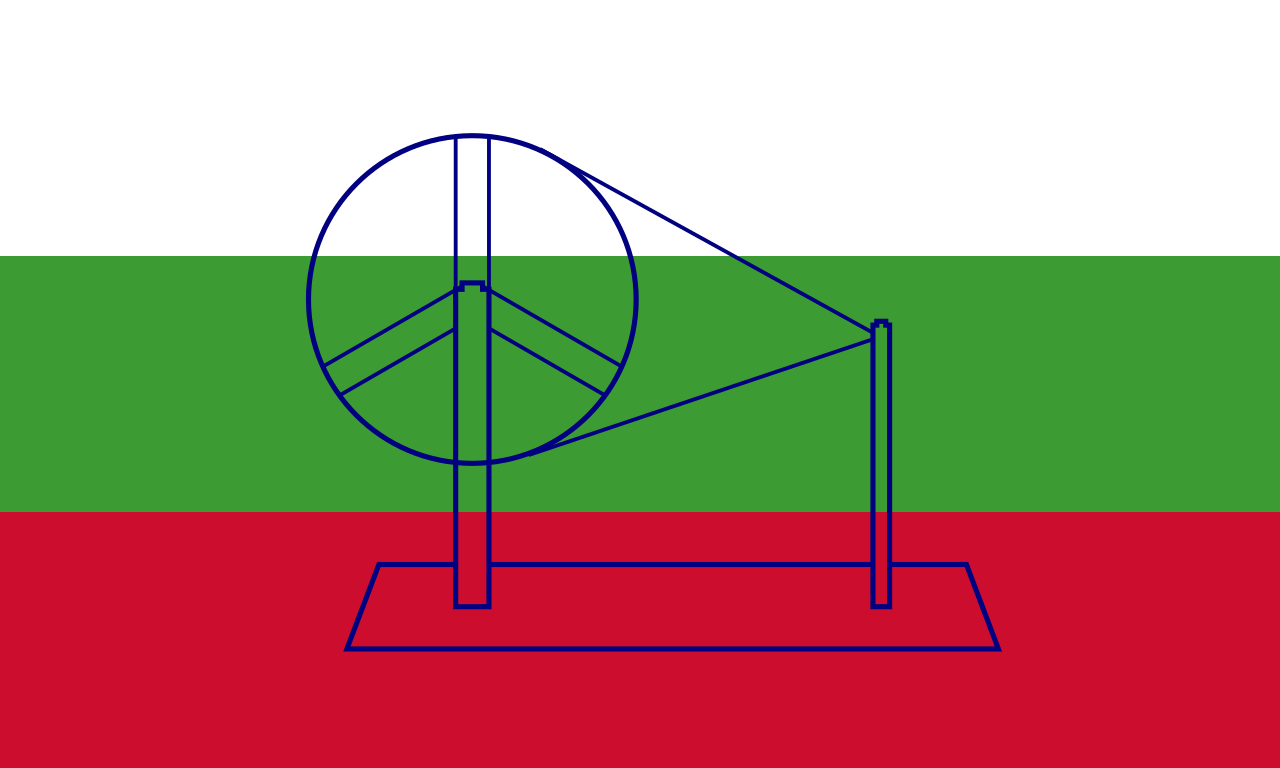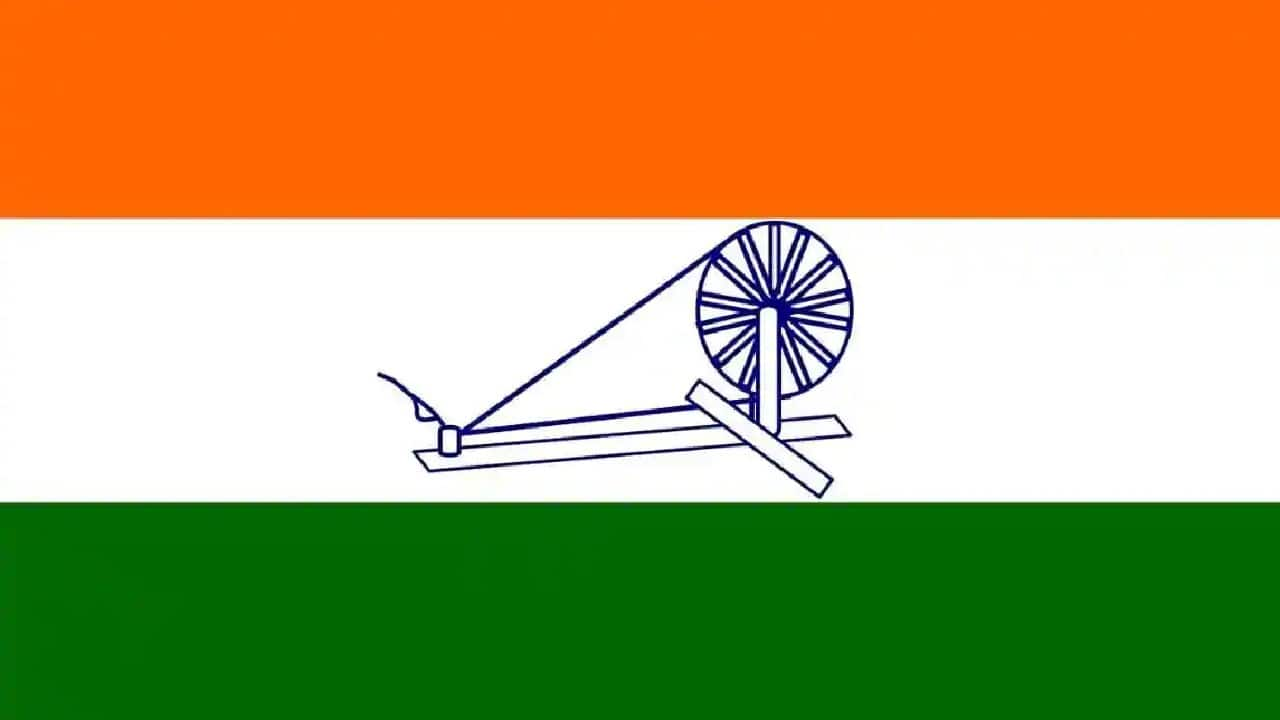The evolution of India’s national flag is a journey that mirrors the country’s long and tumultuous path to independence. More than just a piece of cloth, the Indian flag represents the collective aspirations, struggles, and triumphs of a nation that has been shaped by its diverse cultures, religions, and histories. From the ancient symbols of empires and kingdoms to the flags that emerged during the British colonial period, each iteration of the Indian flag tells a story of resistance, unity, and the relentless pursuit of freedom.
As India moved towards independence, the flag became a powerful symbol of the people’s determination to break free from colonial rule. It was carried in protests, hoisted at pivotal moments, and revered as a beacon of hope for millions. The journey of the Indian flag is not just the story of a nation’s struggle, but also a reflection of its values—courage, peace, faith, and unity.
India’s history is marked by a plethora of symbols that represented different dynasties and empires. These symbols were often seen on coins, banners, and seals. The Maurya Empire, for instance, used the symbol of the lion, which was later adopted as the national emblem of India. The Chola dynasty, on the other hand, used the tiger as a symbol of power and courage. These early symbols laid the groundwork for the development of a national flag.
Colonial Period Flags

During the British Raj, India did not have a flag of its own. The British East India Company used a flag that bore the Union Jack, symbolizing British dominance. As the Indian nationalist movement began to take shape in the late 19th century, the need for a distinct Indian flag became apparent. Early nationalists used a variety of flags, but there was no single design that represented the entire country.
The First Indian National Flag (1906)

The first attempt to create a national flag for India was made in 1906. Known as the Calcutta Flag, it was designed by Sachindra Prasad Bose and Sukumar Mitra. The flag had three horizontal stripes of green, yellow, and red, with eight white lotuses on the green stripe, a sun and a crescent moon on the red stripe, and “Vande Mataram” inscribed in Devanagari script on the yellow stripe. This flag was symbolic of India’s diverse culture and its growing desire for independence.
The Berlin Committee Flag (1907)
In 1907, the Indian revolutionaries in Europe, led by Bhikaiji Cama, designed another version of the Indian flag. This flag, known as the Berlin Committee Flag, was similar to the Calcutta Flag but had fewer symbols. It was first unfurled in Stuttgart, Germany, at the International Socialist Congress, making it the first Indian flag to be hoisted on foreign soil.
The 1917 Flag
The Home Rule Movement, led by Annie Besant and Bal Gangadhar Tilak, saw the introduction of another flag in 1917. This flag had five red and four green horizontal stripes, with seven stars representing the Saptarishi constellation. A Union Jack was placed in the top left corner, symbolizing British India, while a crescent and star occupied the top right corner. This flag was a compromise between Indian nationalism and loyalty to the British Crown.
The Flag of 1921

In 1921, Pingali Venkayya, a freedom fighter and farmer, presented a new design to Mahatma Gandhi. This flag had two horizontal stripes of red and green, representing the two major religious communities in India—Hindus and Muslims. Gandhi suggested the addition of a white stripe in the middle for other communities and the inclusion of a spinning wheel (charkha) to symbolize India’s self-reliance. This flag became the official flag of the Indian National Congress.
The 1931 Flag

The 1931 session of the Indian National Congress saw the adoption of a new tricolor flag. This flag had three horizontal stripes of saffron, white, and green, with the charkha in the center. Saffron represented courage and sacrifice, white symbolized peace and truth, and green stood for faith and chivalry. The charkha was a symbol of India’s economic regeneration and self-sufficiency. This flag is considered the precursor to the current national flag.
The Final Design: The Tricolour (1947)

As India approached independence, the Constituent Assembly formed a committee to finalize the national flag. On July 22, 1947, the Tricolour was adopted as the national flag of India. The flag retained the tricolor design of the 1931 flag but replaced the charkha with the Ashoka Chakra, a 24-spoke wheel in navy blue. The Ashoka Chakra, taken from the Lion Capital of Ashoka, represents the eternal wheel of law and dharma. The colors of the flag—saffron, white, and green—continue to represent courage, peace, and faith, respectively.
Post-Independence Modifications and Usage
Since its adoption, the Indian flag has undergone few modifications. The most significant change was the formalization of the Flag Code of India, which sets out the guidelines for the flag’s use and display. The 2002 amendment to the Flag Code allowed private citizens to fly the national flag on all days, not just on national holidays.
The Flag Code of India
The Flag Code of India outlines the rules for displaying and handling the national flag. It prohibits the use of the flag for commercial purposes or as a drapery for statues and vehicles. The flag must always be displayed in a manner that shows respect and dignity. Any violation of these rules is considered an offense.
The Flag in Contemporary India
Today, the Tricolour is a symbol of national pride and unity. It is flown on government buildings, at sports events, and during national celebrations. The flag has also been used as a symbol of protest and resistance, reflecting its powerful role in Indian society.
The evolution of India’s national flag is a vivid testament to the nation’s enduring spirit and its journey from a land of diverse kingdoms to a unified, independent republic. From ancient symbols that represented the power of empires to the flags that emerged during the colonial struggle for freedom, each iteration of the flag has been deeply intertwined with India’s historical and cultural narrative. The Tricolour, with its vibrant colors and the Ashoka Chakra at its center, is more than just a symbol of the nation; it embodies the ideals of courage, peace, and unity that have guided India through its most challenging times.
The Tricolour is now recognized worldwide as a symbol of India’s rich heritage and its aspirations for the future. It continues to inspire generations, serving as a reminder of the sacrifices made for freedom and the ongoing commitment to uphold the values it represents. In a country as diverse as India, the flag remains a unifying force, a constant in an ever-changing world, and a powerful emblem of national pride. As India continues to grow and evolve, the Tricolour will undoubtedly remain at the heart of its identity, symbolizing both the past struggles and the future promise of a nation that has always stood resilient.
